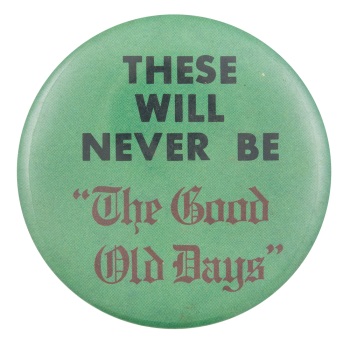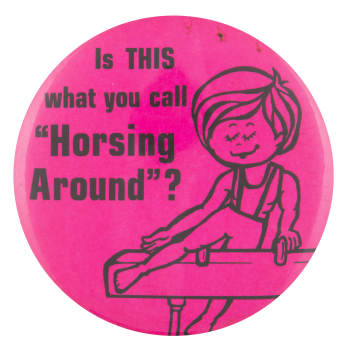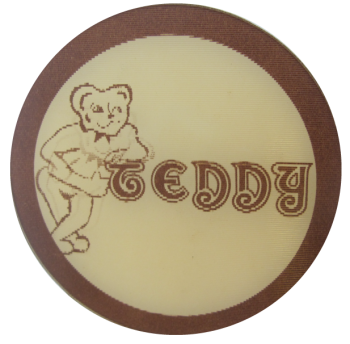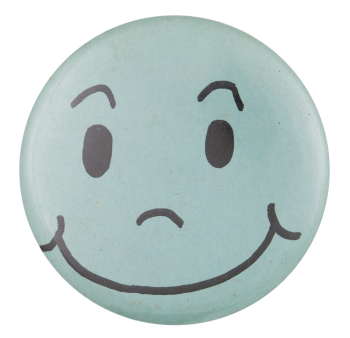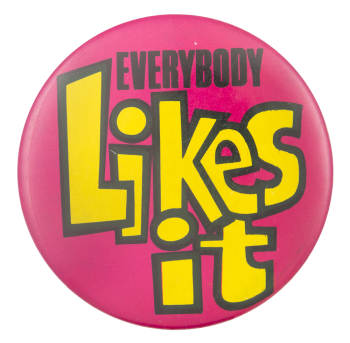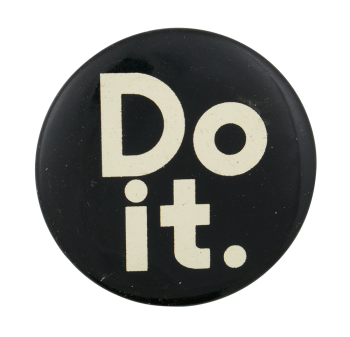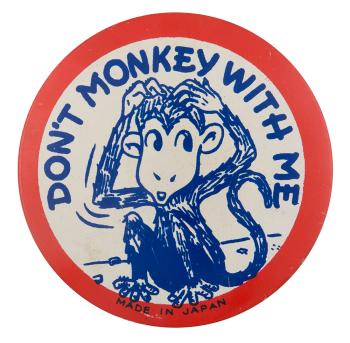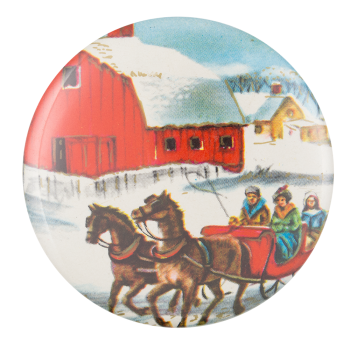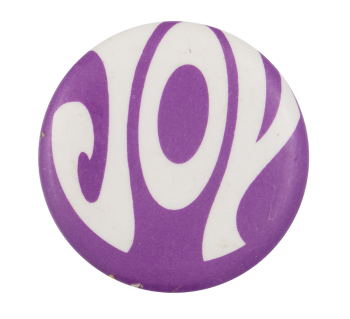Gymnastics Is Fun
| Category | |
|---|---|
| Additional Images | |
| Sub Categories | |
| Text on Button | "Gymnastics" is FUN! |
| Image Description | Bright yellow background with black text curling along the bottom half of the button. In the center depicts a female presenting person with their left arm and leg in a cast with a crutch under their right arm. |
| Curl Text | Copyright GREENWOOD ENTERPRISES INC (312) 239-0318 |
| Back Style | |
| The Shape | |
| The Size | |
| Additional Information | Have info on this button? Contact us here. |
| Catalog ID | SP0003 |



